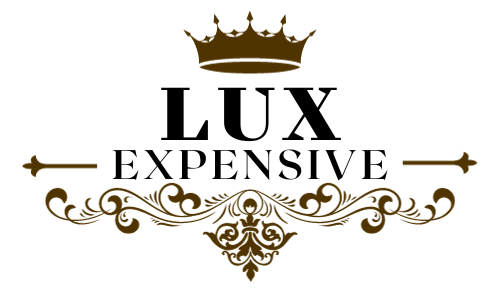Barefoot shoes are expensive because they require specialized design and materials. The thin, flexible soles need to be carefully constructed for durability and protection. Also, barefoot brands tend to use higher quality components, increasing costs.
Barefoot shoes, or minimalist shoes as they are sometimes called, have grown in popularity in recent years. These thin, lightweight, flexible shoes are meant to mimic the experience of walking barefoot, allowing your feet to move and flex naturally.
While this can be beneficial for foot health and biomechanics, one downside of barefoot shoes is that they don’t come cheap. In fact, some models can cost over $100 or more. But why exactly are barefoot shoes so expensive compared to traditional athletic shoes? Here are the top 10 reasons behind the higher price tag.
Top 10 Reasons why are barefoot shoes so expensive
1. Minimalist Materials
Making a shoe with very few materials takes more precision and care in design and construction. Barefoot shoes don’t have all the padding, stabilizing features, and structure of a regular shoe, so the materials they do use need to be high-quality.
The uppers are often made of thin, flexible meshes or fabrics that mold comfortably to the foot. The soles are made of thin, lightweight rubber that balances flexibility with protection. Quality materials like these cost more.
2. Minimalist Production
The production process for barefoot shoes is more labor-intensive, resulting in higher manufacturing costs. Because they use fewer materials, each component must be carefully designed and assembled to create a functional shoe.
There is less room for error compared to bulky athletic shoes. The stripped-down design requires more attention to detail.
3. Niche Appeal
Barefoot shoes are still considered a niche product. As they grow in popularity, more models may become available at lower price points. But for now, most barefoot shoe companies are smaller start-ups catering to a specific market.
Low supply and high demand allow these companies to charge more. Larger shoe brands that make barefoot models can charge a premium too.
4. Customization Options
Many barefoot shoe companies offer greater customization and sizing options versus large athletic brands. This allows you to get an ideal fit but adds to the cost. Some companies even offer foot scanning and individually customized shoes. All of these extra features improve the customer experience but require more resources.
5. Expensive Materials
Certain premium materials like leather, hemp, or rubber from sustainably-sourced trees can drive up costs. Many barefoot shoe brands highlight natural, organic, and environmentally-friendly materials. But these come at a price. Vegan materials that avoid animal products are also popular yet costly.
6. Made in Smaller Quantities
Because demand for barefoot shoes is still relatively low compared to major brands, they are produced in smaller quantities. This means the costs are spread across fewer pairs, increasing the price per shoe. As the category grows, more models may eventually be mass-produced at lower prices.
7. Low Stock Turnover
The minimalist design of barefoot shoes makes them less likely to go “out of style” each season compared to athletic shoes. People are more likely to wear their barefoot shoes for a long time rather than replace them yearly. Low stock turnover leads to higher prices.
8. High Direct-to-Consumer Sales
Many barefoot shoe brands sell directly through their website versus relying heavily on retailers. This allows them to control pricing and earn a higher profit margin. But it cuts out the wholesale discounts of traditional retail models.
9. High Cost of Innovation
Designing barefoot shoes requires extensive research and development to create a functional, protective shoe with minimal materials. Companies invest heavily in 3D foot scanning, biomechanical testing, and evaluating materials to improve comfort and performance. These innovations raise costs.
10. Perceived Value
Barefoot shoes are often positioned as a high-value, premium product that supports natural foot motion. Many consumers are willing to pay more for shoes they believe will benefit their health and movement. Higher pricing adds to this perception of value and quality.
IS barefoot shoes A Good Shoe Brand?
Barefoot shoes are considered a good shoe brand for their minimalist and flexible designs that aim to mimic the experience of being barefoot while still providing protection.
Are barefoot Shoes Good?
Barefoot shoes are good for allowing natural foot motion and strengthening feet, but the thin soles provide less cushioning and support, so they may not be suitable for all activities.
Are barefoot shoes Worth The Price?
Barefoot shoes can be worth the higher price for some because they promote foot health, but for others the limited durability and minimalist design may not justify the cost.
Where To Buy barefoot shoes?
Barefoot shoes can be purchased directly from brands like Vibram, Vivobarefoot, and Xero Shoes or found at specialty running and outdoor retailers like REI and Dick’s Sporting Goods.
